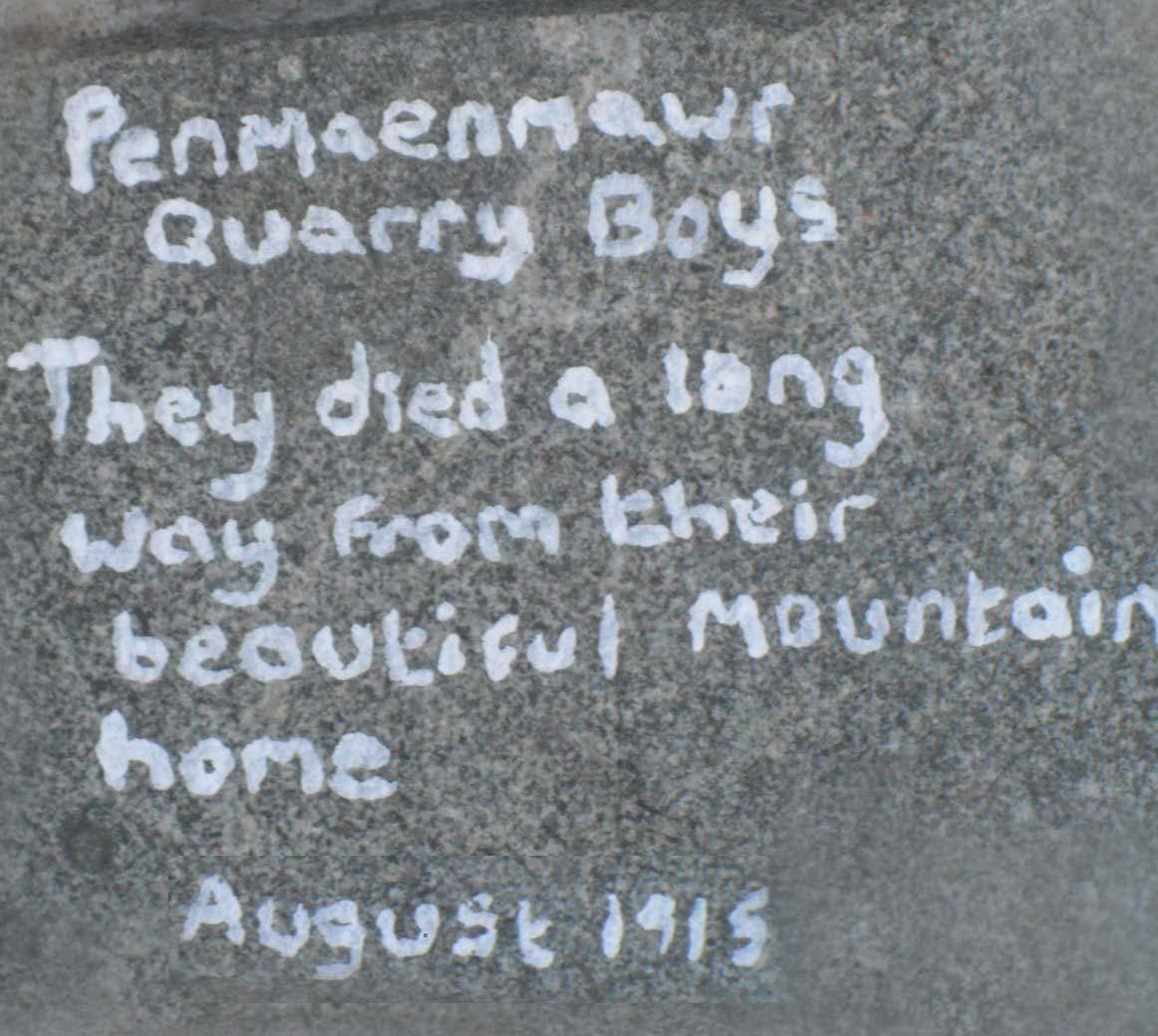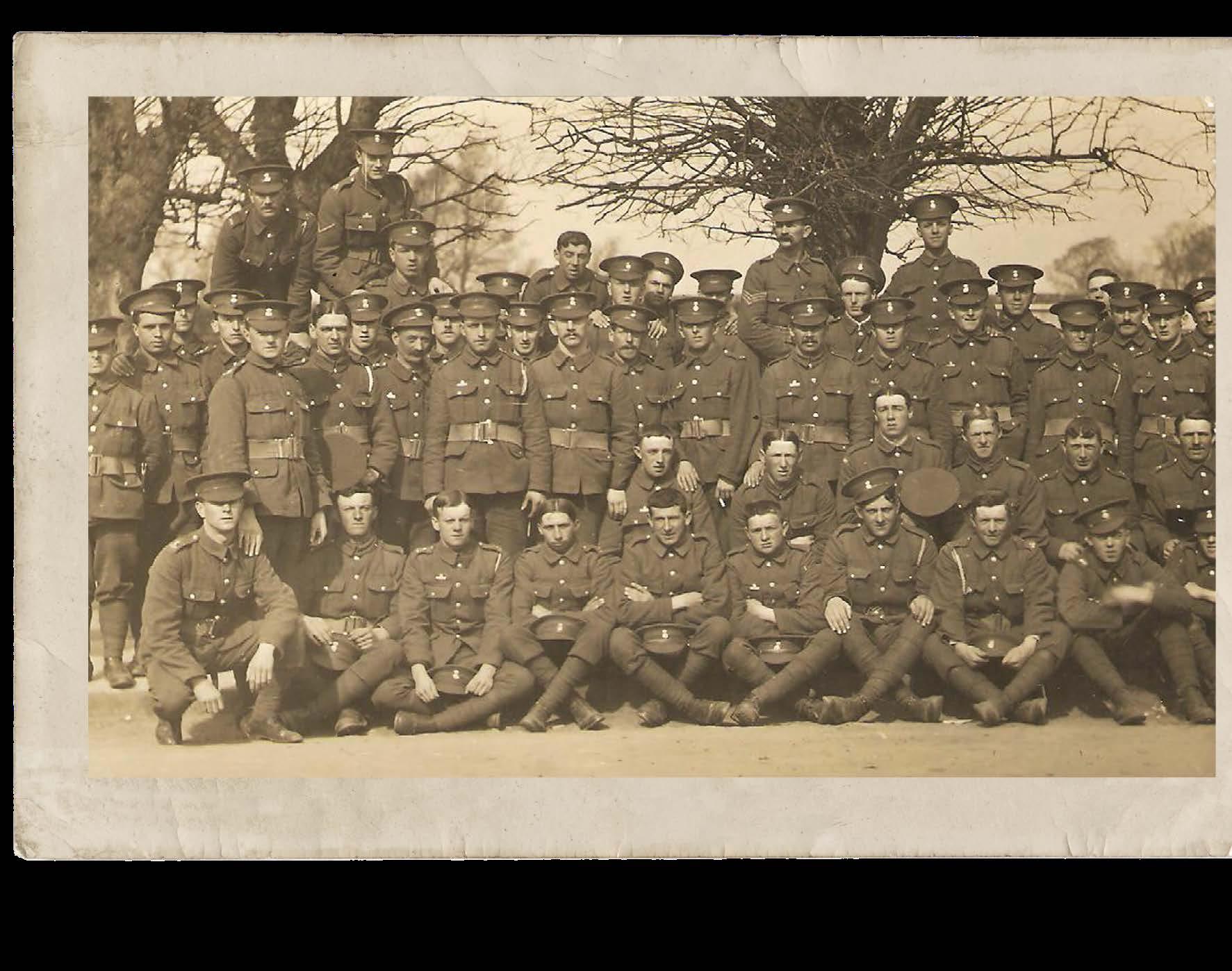
1 minute read
Commemorating Gallipoli
2015 marked the centenary of the Gallipoli campaign, which included some of the costliest battles for Welsh communities and the Welsh regiments. The campaign was an attempt to secure control of a route from the Mediterranean to the Black Sea, allowing access to our ally Russia through the Dardanelles Strait. But the campaign was not a success and saw huge losses for Allied Forces including Australia and New Zealand, as well as for Wales. By the end of the Gallipoli campaign, over 1,500 men from the South Wales Borderers, the Royal Welsh Fusiliers, the Welsh Horse Yeomanry, the Welch Regiment and many fighting in other regiments had died.
As part of Cymru’n Cofio Wales Remembers 1914-1918 a touring exhibition was created which told the story of the Welsh at Gallipoli and the impact the conflict had on life in Wales and its communities. The exhibition included stories of the men who were involved such as the Penmaenmawr ‘Quarry Boys’, and a cousin of the Davies sisters (who later bought Gregynog Hall), who had travelled in the area together only four years earlier. The bilingual exhibition was opened at Penmaenmawr Museum, Conwy by the then First Minister Rt Hon Carwyn Jones MS, and it also visited Newtown, the National Library of Wales in Aberystwyth, the Regimental Museum of the Royal Welsh in Brecon, the Firing Line Museum at Cardiff Castle, and Gregynog Hall, Montgomeryshire, chosen to reflect some of the main areas where the Welsh soldiers were from. The exhibition was supported by digital material on the People’s Collection Wales website, a commemorative brochure and educational materials.
Right: Penmaenmawr Company, 6RWF. Image courtesy of Dennis Roberts Background: A piece of granite from the quarry at Penmaenmawr left at Lala Baba CWGC Cemetery, Lala Baba, Gallipoli to commemorate the ‘Quarry Boys’ who did not return to ‘their beautiful mountain home.’ Image courtesy of Anne Pedley











